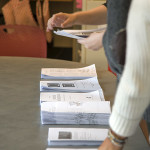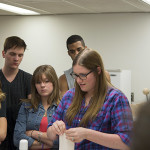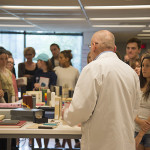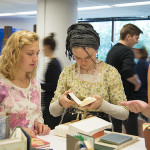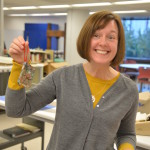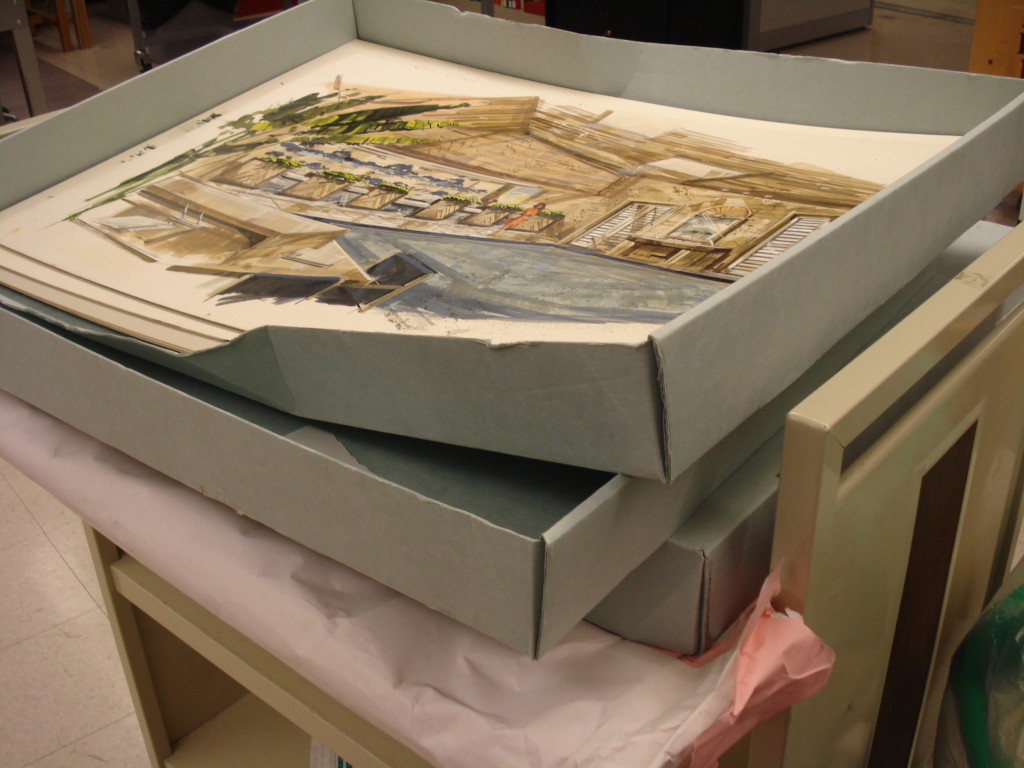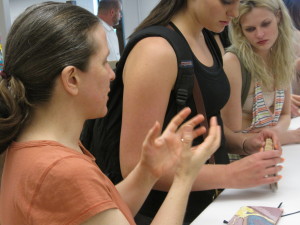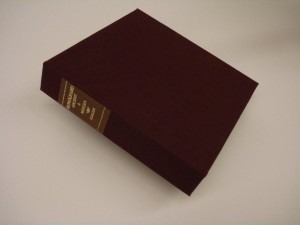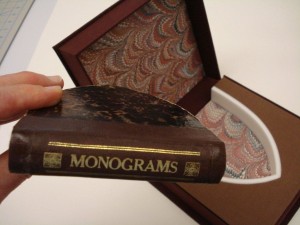Saving the 70's
Recently I’ve had the opportunity to dis-bind a bound edition of our school newspaper, send it off for digitization and then to create a clamshell box to house the single pages when they return. The process of dis-binding bound newspapers is a very delicate one. In this case, The News Record 1971-72, was no exception. Newspapers, by their very nature are meant to be read and thrown away. The paper they are printed on is not meant to last and it fades and becomes acidic and brittle very rapidly. The solution to preserving the paper’s information back in the early 70’s, before digitization was even a thought, was to bind a couple years’ worth of the News Record together in a hard cover much like a large book. This was a good method for preserving a piece of U.C.’s history, however the binding was meant to be permanent and no thought was given to reversing the process at a later date.
…
